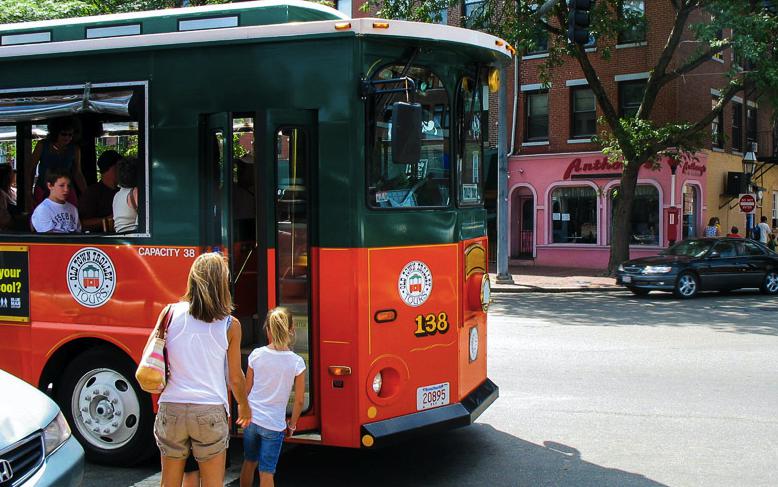Instructions:
Indicate the type of non-motorist involved in the crash.
Definition:
The type of person involved in a crash.
- A non-motorist is any person other than a motorist, and includes:
- A person on foot.
- A person walking, running, jogging, hiking, sitting or lying within the trafficway or on private property, etc.
- Persons in buildings
- A person on personal conveyance
- A person ejected from a transport vehicle who has come to rest in the trafficway during a prior unstabilized situation and struck in a second or subsequent unstabilized situation is considered a pedestrian
However, a person ejected from a transport vehicle during one unstabilized situation is still considered an occupant and not a pedestrian for the purposes of that unstabilized situation.
Rationale:
It is important to know the person type for classification purposes in order to evaluate specific countermeasures designed for specific people.
Accuracy Checks
- If this field is complete, confirm the non-motorist check box is also indicated.
- If Sequence of Events indicates involvement with a ‘pedestrian’ or ‘cyclist’, then at least one non-motorist person type must be entered.
Other Related Fields
Non-Motorist Condition; Non-Motorist Indicator; Non-Motorist Location; Non-Motorist Action
Data Quality Audit Results
| Report Type | Acceptable | Inconsistent | Invalid | Empty | ||||
| Local Police (electronic) | 16 | 84.2% | – | – | – | – | 3 | 15.8% |
| Local Police (paper) | 8 | 57.1% | 2 | 14.3% | – | – | 4 | 28.6% |
| State Police (electronic) | 3 | 100.0% | – | – | – | – | – | – |
| Total | 27 | 75.0% | 2 | 5.6% | – | – | 7 | 19.4% |
The Non-Motorist Type field was completed in an acceptable way in 75 percent of the reports reviewed (27 of 36). For 19 percent (7 of 36) of the reports, this field was left empty, although the Non-Motorist indictor was complete. Electronic entries by local police had an empty Non-Motorist Type field in about 16 percent (3 of 19) of the reports reviewed, and paper entries by local police had this field empty in 29 percent (4 of 14) of the reports.




